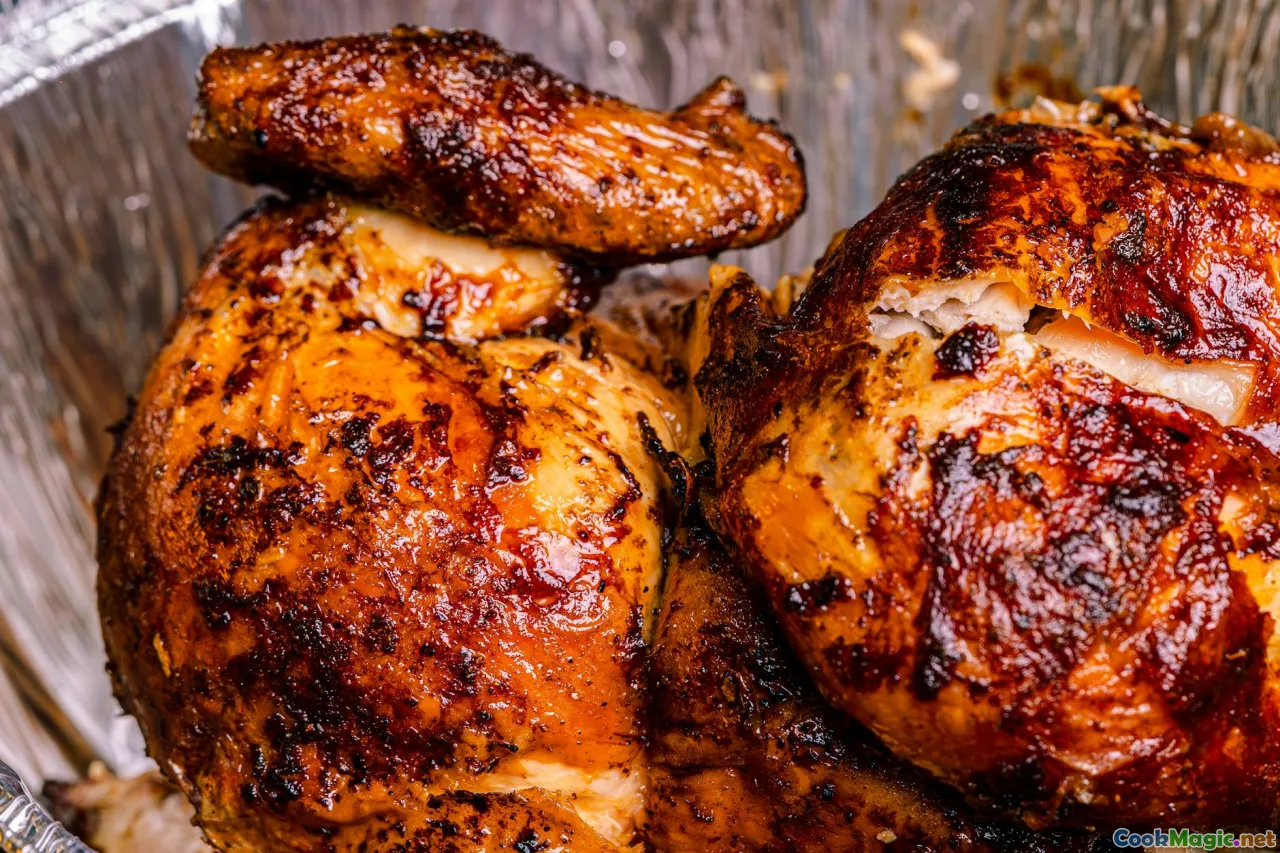Cooking Carnitas for Tender and Crispy Perfection
7 min read Discover the art of making authentic Mexican carnitas—tender, flavorful, and irresistibly crispy—through time-honored techniques and personal tips. May 07, 2025 15:00
Cooking Carnitas for Tender and Crispy Perfection
Imagine a warm kitchen filled with the intoxicating aroma of slowly rendered pork, the crackling sound of crispy edges, and the vibrant colors of Mexican street food. Carnitas, often called the soul of Mexican cooking, embody the perfect harmony of melt-in-your-mouth tenderness and irresistible crunch. This beloved dish has a storied history, deep cultural roots, and a culinary technique that transforms simple ingredients into a feast for the senses.
The Cultural and Historical Significance of Carnitas
Carnitas, meaning "little meats" in Spanish, traces its origins to the colonial-era kitchens of Michoacán, a region famed for its pork delicacies. Traditionally, Mexican cooks would simmer pork shoulder or pork butt in lard or seasoned broth, slowly cooking until the meat was tender enough to shred, yet retaining enough fat and moisture to stay juicy.
Over centuries, carnitas evolved into a cornerstone of Mexican street cuisine, served in tacos, burritos, and tamales. Its popularity is not merely culinary but also social—festivals, family gatherings, and everyday street stalls celebrate this versatile dish. The technique is a labor of love, requiring patience and skill, but the payoff is a mouthwatering, multi-textured masterpiece.
Selecting the Perfect Pork
The journey to carnitas perfection begins at the butcher's counter. The ideal cut is pork shoulder (also called pork butt or Boston butt), known for its marbling and fat content, which ensures moistness and flavor.
Look for a piece with a good balance of fat and meat—preferably with a layer of fat on top—that will render down during cooking, basifying the meat with richness. Freshness is key: a bright pink hue, firm texture, and a clean smell guarantee quality.
The Art of Seasoning and Marination
While traditional recipes rely on simple seasoning—salt, garlic, and citrus—personal touches can elevate your carnitas. A marinade of orange juice, lime, garlic, cumin, and oregano not only tenderizes but also imparts a vibrant, tangy flavor profile.
Marinate the pork for at least 2 hours, or better yet, overnight. This allows the flavors to penetrate deeply, creating a complex taste that complements the crispy exterior.
The Cooking Process: Slow and Low
Achieving tender, juicy meat with a crispy crust hinges on a meticulous cooking process. Here's a step-by-step approach:
1. Initial Searing
Start by searing the pork in a hot skillet or Dutch oven to develop a rich, caramelized crust. This step enhances flavor and adds depth.
2. Simmering in Liquid
Add aromatic ingredients—onions, garlic, bay leaves, and citrus zest—and enough broth or water to partially submerge the meat. Cover and cook on low heat for 2.5 to 3 hours, or until the meat is fork-tender.
3. Shredding the Pork
Remove the pork and let it rest. Shred the meat using two forks, discarding excess fat or bones. The shredded pork should be moist and flavorful.
4. Crisping the Carnitas
This is the secret to that signature crispy exterior. Spread the shredded pork on a baking sheet or skillet, then broil or pan-fry until the edges turn golden and crispy. For added crunch, you can also fry the carnitas in a bit of lard or oil.
Personal Tips for the Perfect Carnitas
- Use a Cast Iron Skillet: It provides even heat and helps develop a beautiful crust.
- Don’t Overcrowd the Pan: For maximum crispiness, give the pork room to crisp up without steaming.
- Finish with a Touch of Lime: A squeeze of fresh lime juice right before serving brightens the flavors.
- Serve Immediately: Carnitas are best enjoyed hot, with fresh tortillas and vibrant salsa.
Serving Suggestions and Pairings
Carnitas shine in tacos, accompanied by chopped onions, cilantro, and pickled jalapeños. They also make excellent burritos, tamales, or even atop a bed of rice with vegetables.
For drinks, consider pairing with a cold Mexican beer, a tangy margarita, or a refreshing agua fresca. The smoky, savory notes of carnitas balance beautifully with citrus and brightness.
Personal Reflection: My Journey with Carnitas
Having traveled through Mexico and indulged in countless street stalls, I’ve learned that no two renditions of carnitas are quite the same. Some vendors brush their crispy edges with a splash of orange juice for extra zing, while others rely solely on the natural flavors of slow-cooked pork.
My own secret lies in the final crisping step—broiling the shredded pork until the edges are irresistibly crunchy, then tossing it with a squeeze of lime and a sprinkle of coarse salt. The result is a symphony of textures and flavors that evoke memories of sun-drenched streets and lively markets.
Final Thoughts
Mastering the art of cooking carnitas is a rewarding culinary pursuit that connects you with centuries of Mexican tradition. It’s about patience, attention to detail, and a love for bold flavors. Whether you’re preparing a casual family dinner or a festive gathering, perfect carnitas will always steal the show.
So gather your ingredients, embrace the slow process, and enjoy the delicious journey toward tender, crispy perfection—because nothing beats the soulful taste of authentic Mexican carnitas.









